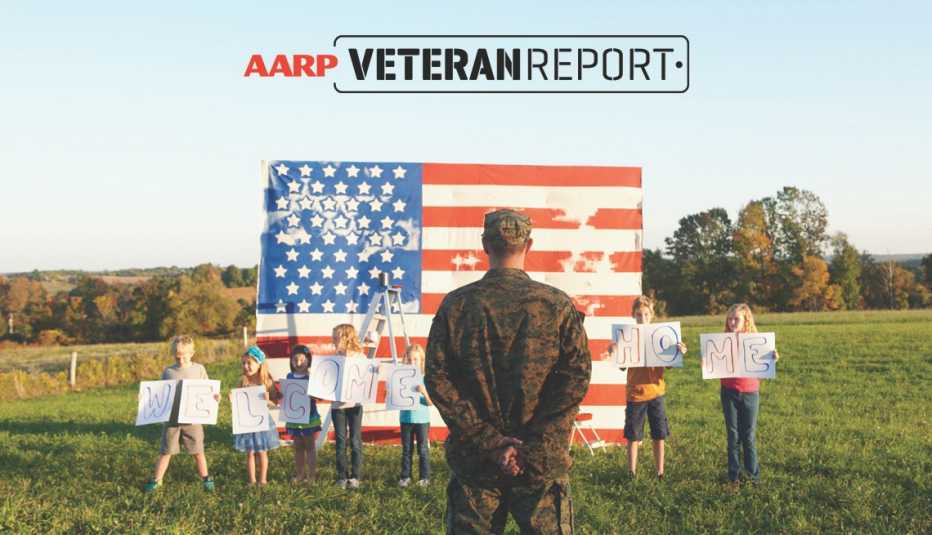Staying Fit
When you pull out an old photo album or dust off your uniform, questions about your time in the service can start flying.


You can subscribe here to AARP Veteran Report, a free e-newsletter published every two weeks. If you have feedback or a story idea then please contact us here.
Many of the inquiries might be welcome: They may be part of your moment to share some of your proudest accomplishments, as well as to extol the virtues of defending your country and the American way of life. Other questions might be more challenging or complicated.
In most instances, kids just want to connect with you. Perhaps they are thinking about joining the military themselves. Dr. Keith Myers, an Atlanta-based therapist and author who works with veterans, is from a Navy and Air Force family. His tips can help veterans share about their time in the service, without feeling pressure to talk more than they want to.
Start the conversation yourself, when you are ready
Initiating the conversation on your own terms helps. Instead of waiting for a grandchild to throw an off-the-wall “Did you kill anyone in the war?” or something like that, take the lead.


AARP Membership— $12 for your first year when you sign up for Automatic Renewal
Get instant access to members-only products and hundreds of discounts, a free second membership, and a subscription to AARP the Magazine.
Myers recommends inviting dialogue and open communication on your own, especially at a time when you are ready to field questions and deal with the potentially “big feelings” children might have about what you say. “Kids say the darndest things, right? They’re always honest, they’re always open, so they can get you off guard.”
Age-appropriate honesty
A conversation with a 17-year-old grandchild might be much different than with a toddler, but all kids can handle some level of honesty, Myers says. “Don’t keep a secret per se, but say something like, ‘A part of my job, I had to do hard things. Sometimes those hard things I was more comfortable with, and some of the things I was less comfortable with,’ without getting into the nitty-gritty details.”
Older children who watch the news and draw connections to modern-day politics might be able to handle more nuanced conversation.





































































